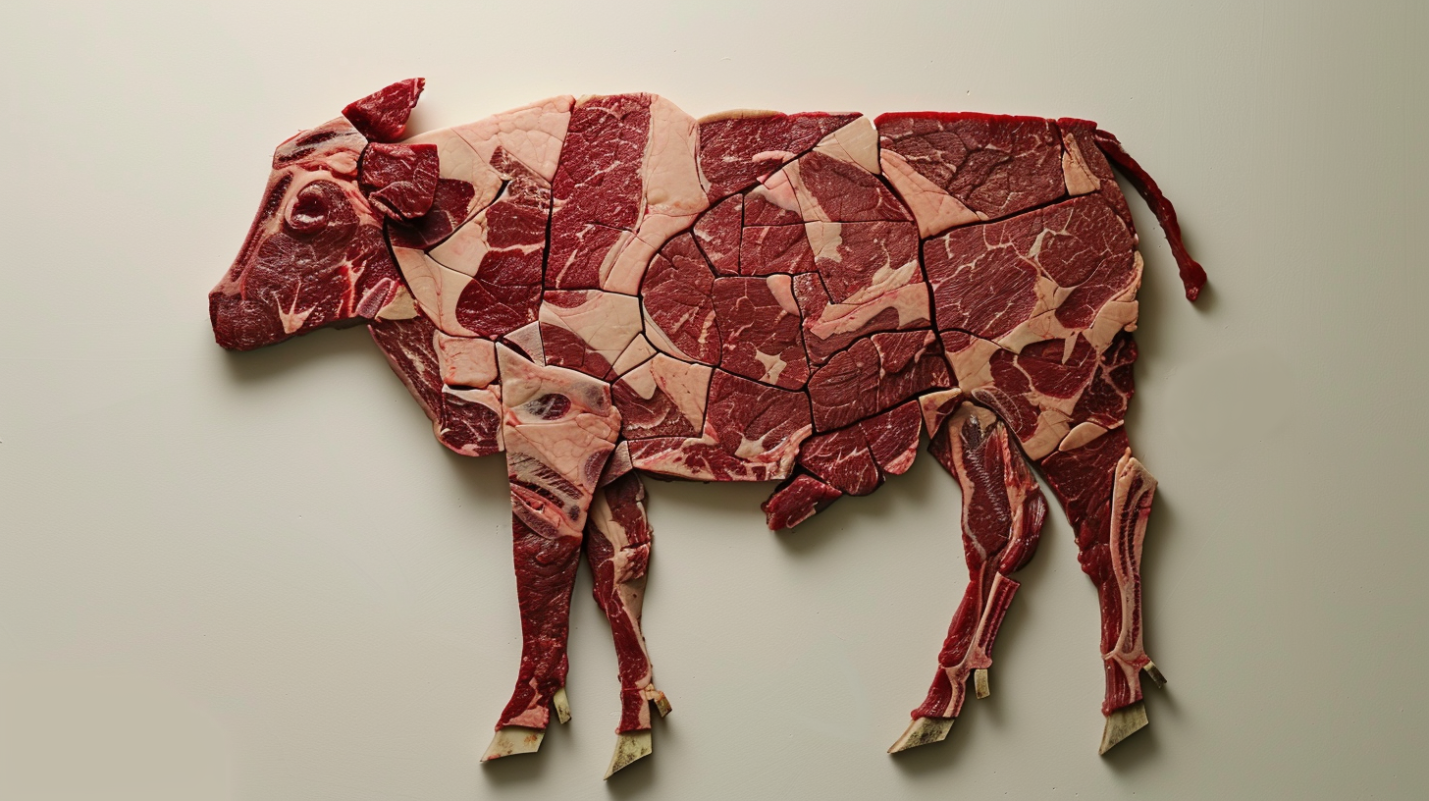Meta
If you’re familiar with procedures, you’ve probably seen headings like “purpose,” “scope,” and “process.” Most likely, you’ve never seen a “meta” heading, but you’ve certainly seen meta content.
Meta Content
Meta content is the tone, background, and justification for your procedure. Arguably, this content has a place, but that place is not in the body of your procedure. Put meta content in its own block or in a separate document.
Meta Content Example
Writing a procedure is difficult. Your job as a technical writer is to codify hundreds of pages of legislation, guidance documents, best practices, incident findings, technical knowledge, and company expectations into a set of clear, conformant instructions.
Your customer will have guidelines on the form and style of your document. These are not covered here. This article codifies hundreds of pages of loose guidance into a set of clear instructions.
You may wish to re-read this article, but you will never read this section again. Remember I said that.
A Set of Clear Instructions
Use big text for broad steps
Instead of using paragraphs to create a narrative:
There are two primary goals when making a sandwich: avoid food allergies and avoid food contamination.
Clean the food preparation area with anti-microbial cleaner. Wipe down the fans and lights above the food preparation area.
To avoid food allergies when selecting food ingredients, avoid peanuts, bananas, and soy, also do not place bread, pasta, or ketchup food in the gluten-free preparation area. To avoid food contamination when selecting ingredients, only use food ingredients with a current inspection tag.
Use Title, Purpose, Overview, and subheadings to provide context, guide readers, and highlight important content. Only use paragraphs for the small steps:
Make a Sandwich
Purpose
Define safe practices for avoiding food allergies and contamination during sandwich preparation.
Overview
- Part 1: prepare work area
- Part 2: select food items
Part 1: Prepare the work area
Clean the food preparation area with anti-microbial cleaner. Wipe down the fans and lights above the food preparation area.
Part 2: Select food items
Avoid food allergies
Avoid peanuts, bananas, and soy. Do not place bread, pasta, or ketchup in the gluten-free preparation area.
Avoid food contamination
Examine each ingredient. Verify each inspection tag is current.
Use a person as the subject
Instead of:
A flotation device must be worn.
Address the reader:
Wear a flotation device.
Where required, address a position:
Gardeners will wear flotation devices.
Write instructions, not requirements
Instead of defining a requirement:
Personnel shall wear a flotation device.
Give an instruction:
Wear a flotation device.
Avoid “which” clauses
Instead of combining two instructions, or an instruction and long description:
Wear glasses, which must have side shields.
Remove verbs (here: “have”) from clauses:
Wear glasses with side shields.
Replace clauses with adjectives:
Wear side-shield-equipped glasses.
Create two sentences:
Wear glasses. Glasses will have side shields.
Avoid “all,” “always,” “every,” and “at all times”
Instead of:
Always inspect every load before any lift at all times.
Eliminate redundant qualifiers:
Inspect loads before a lift.
Avoid redundant “don’ts.”
Instead of saying the same thing two different ways:
Wear long-sleeved coveralls. Do not wear short-sleeved coveralls.
Eliminate the meaningless inversion:
Wear long-sleeved coveralls.
Avoid offering loopholes
Instead of:
Where this is not practicable, the Crane Operator my allow the use of substitute tools under the following 27 conditions …
The management system should have a deviation process. Allow this process to work as designed:
Use this tool.
Keep modifiers at 5 words or less
Instead of burying the instruction:
In such conditions (high-velocity winds, heavy rain, compromised hull integrity, nuclear attack, etc.) that stability may not be guaranteed, …
Use a short modifier:
In unstable conditions, …
Put the longest item at the end of a series
Instead of:
Count the horses, only those chickens that lay eggs in the yellow barn beside the old cistern, cows, and pigs.
Put the long item last:
Count the horses, cows, pigs, and only those chickens that lay eggs in the yellow barn beside the old cistern.
Format long series as lists
Instead of:
Personnel with corrective lenses will wear prescription safety glasses; safety bifocals with side shields; or safety glasses or impact-type safety goggles over prescription glasses.
Create a list:
Personnel with corrective lenses will wear one of:
- prescription safety glasses
- safety bifocals with side shields
- safety glasses or impact-type safety goggles over prescription glasses
Eliminate “whys.”
Instead of “selling” the instruction:
We use LOTO as a means of protecting personnel from danger. It is critical that all equipment be locked out, tagged out, and tried out before attempting even routine maintenance.
Give a clear instruction:
Isolate equipment per MS-ABC-0000.
Do not paraphrase or quote other procedures
Instead of:
Per MS-ABC-0000, seek authorization from the area authority and Installation Manager. Perform a job-risk assessment and confirm that all risks have been reduced to As Low As Reasonably Practicable (ALARP) before requesting this authorization.
Refer to the existing description:
Request authorization per MS-QHSE-00000.
Do not re-write or re-invent the control-of-work process
Instead of (outside the control-of-work procedures):
Before using the hammer, identify potential conflicting operations. Ask yourself, “How could I get hurt?” Look above, below, behind, and inside.
At most, instruct the reader to perform a risk assessment:
Perform a documented risk assessment.
Do not quote directly from standards
Instead of:
Protection against the effects of noise exposure shall be provided when the sound levels exceed those shown in Table 1. For guidance on measuring sound levels, see ANSI S12.19-1996: Measurement of Occupational Noise Exposure; ANSI S1.13-1995: Measurement of Sound Pressure Levels in Air; and ANSI S12.36-R1997 Table 1. For guidance on measuring sound levels, see ANSI S12.19-1996.
Table 1—Maximum Permissible Noise Exposures Duration per day, hours Sound level dBA, slow response 12 85 8 90 6 92 4 95 3 97 2 100 11/2 102 1 105 1/2 110 1/4 or less 115
Create an instruction that meets or exceeds the requirement:
The Company will provide hearing protection. Wear ear plugs when outside the living quarters.





